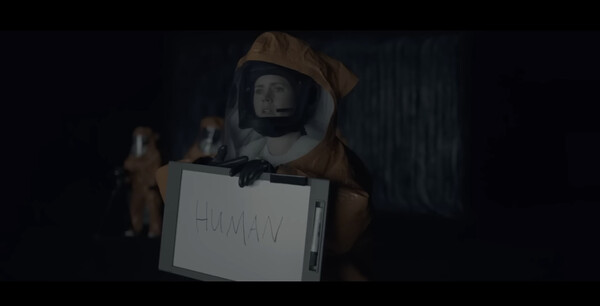
It's important to be well-positioned for dog patella dislocation massage
2019-11-27 21:11:23

To prevent your dog's patella dislocation, massage is a good idea.
At this time, it is important to keep a good posture and heat massage for about 10 minutes.
If the pack is too hot, there is a risk of burns, so check the temperature.
In addition, because the legs are too low, they should not sound high, so make sure to level them.
Next, grab your heel and bend it in your thighs for 10 to 20 times before stretching.
Remember to stop the dog immediately if it is a little sick or uncomfortable.
The disease has a recurrence rate of 48% and requires continuous management after surgery.
The good news is that if the relapse occurs, the dislocation appears to be more relaxed than the previous dislocation.
Two to three weeks after discharge, the environment should be kept from excessive exercise, jumping, etc., and proper weight management should be accompanied.
It is also a good idea to supplement your joints with hospital prescriptions.
Finally, it is necessary to strengthen the surrounding ligaments and muscles through rehabilitation exercises to prevent recurrence.
As a symptom, you walk away from the leg with dislocation symptoms.
You may also notice limping, irregular gait, "knocking" in your knees, and sitting in an abnormal sitting position (knee facing out).
Patellar dislocation may result from trauma such as slipping or striking, but genetic factors provide a greater cause.
Abnormal formation of the joints around the patella due to genetic factors is the main cause of patella dislocation.
Patellar dislocation is more frequent in smaller dogs than in large dogs.
Females are also 1.5 times more likely than males.
Injury to knees that occur spontaneously as an old dog is limited to the patellar guard.
Permanent braces are available to complement the patella guards in the functional area of preventing and treating knee disease in dogs.
In the early stages of patellar dislocation, the second best option is patellar brace, considering temporary patellar protection purpose and cost-effectiveness.
Patellar dislocation can be diagnosed relatively easily by radiographic examination and physical examination through veterinary palpation.
In addition, depending on the severity of the symptoms can be divided into four steps as follows.
Stage 1: The patella is normally located in the normal position.
When you apply force to the patella, the patella is out of its normal position, but soon returns to its place.
Stage 2: Similar to stage 1, but after the artificial force is applied to the patella, the patella does not return to position naturally.
When you apply force to the patella, you may hear a popping sound, and you may have symptoms of early arthritis.
Stage 3: Patella is always dislocated, but it is possible to force the patella into place by artificial force.
Rather, they are dislocated all the time, so some dogs feel less pain than the second generation.
The dog's legs can bend outward because the patella is constantly dislocated.
It is also mainly accompanied by arthritis.
Stage 4: The patella is always dislocated, and does not return to place even if artificial force is applied.
Puppies suffering from four patellas have difficulty stretching their legs.
Walk with your legs bent at the point where the dislocation progressed, and try not to touch the floor with pain.


![[SBS Whenever I Can,] 2049 viewership rating of 1.2%, its highest record!](https://kroamer.com/upload/trending/thumb-wRP1730855354691_600x1004.jpg)

![[SBS My Little Old Boy] ‘My Little Old Boy’s Mother’s Trip to Taiwan’!](https://kroamer.com/upload/trending/thumb-LrD1731028166869_600x1013.jpg)



